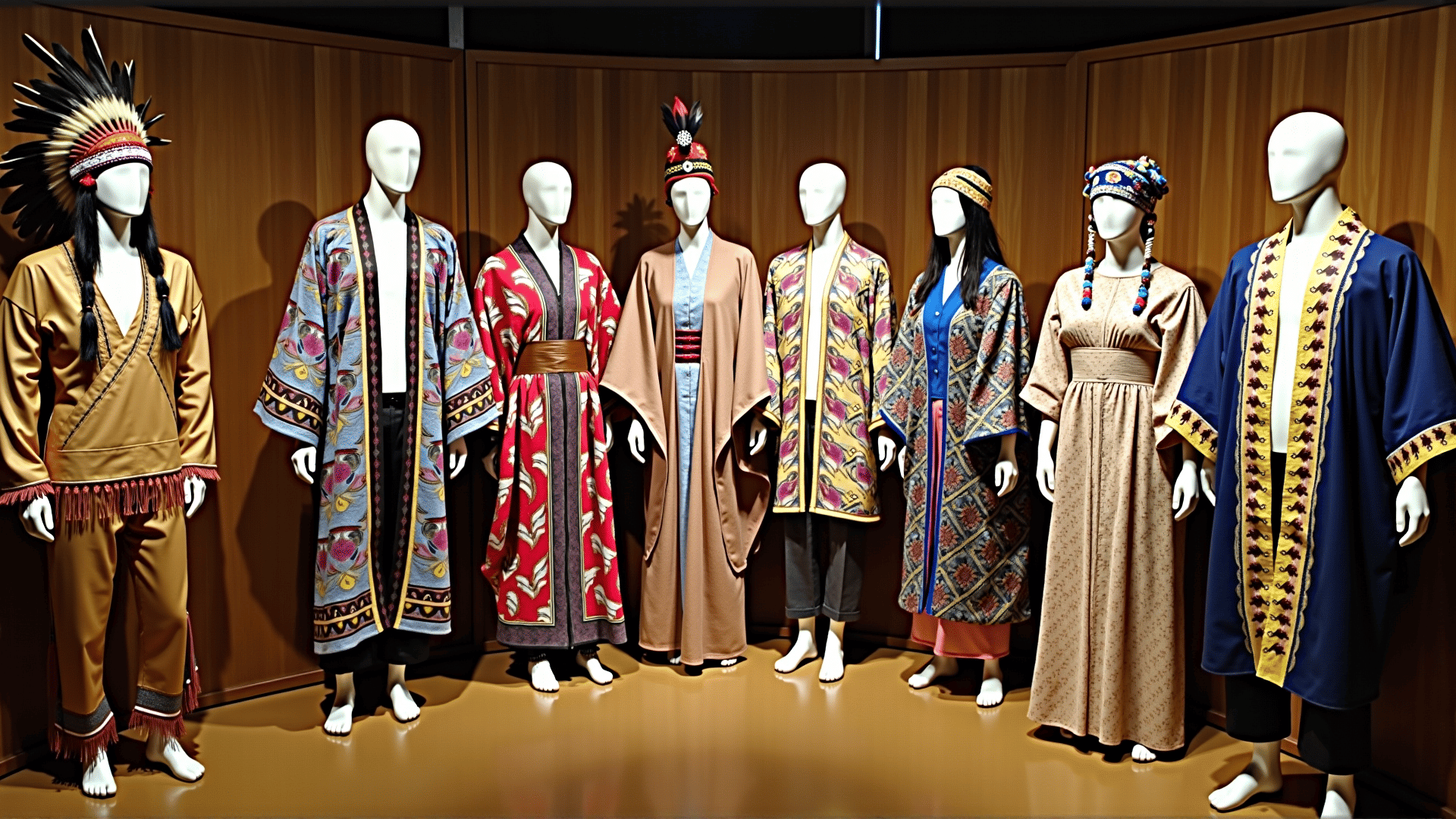Embarking on a journey through the history of traditional clothing is like stepping into a vibrant tapestry of humanity’s diverse cultures. These garments are more than mere fabric; they are symbols of cultural identity, evolving alongside societies, reflecting their storied pasts and vibrant spirits.
Starting in Asia, the kimono of Japan presents a fascinating tale. Originating from the Heian period over a millennium ago, the kimono has transformed from everyday wear to ceremonial garb. Its elegant lines and rich patterns are a testament to Japanese attention to detail and reverence for nature, often depicting landscapes or flora. In modern times, it symbolizes a connection to tradition amidst a rapidly changing world.
Moving westward, the sari of India exemplifies both timeless style and versatility. With its origins traced back to the Indus Valley Civilization, the sari's unstitched drape allows for personalization, reflecting regional identities across India's vast landscape. From the brightly hued Bandhani of Gujarat to the intricate Kanjivaram of Tamil Nadu, saris are a celebration of Indian craftsmanship and diversity.
Africa offers a kaleidoscope of traditional wear, each with unique cultural stories. The kente cloth of Ghana, for instance, is a masterpiece of the Ashanti and Ewe peoples. Its vibrant colors and geometric patterns are imbued with meaning—each pattern narrating history, proverbs, or significant events. Wearing kente is not just a fashion statement; it's an act of carrying forward a rich legacy of Ghanaian pride and unity.
In Europe, the kilt of Scotland stands as a symbol of national identity and heritage. Emerging in the 16th century, the kilt’s tartan patterns were originally associated with different clans, fostering a sense of belonging and pride. Today, the kilt serves as a global emblem of Scottish resilience and cultural pride, worn during festivals and international gatherings alike.
Latin America's traditional attire is punctuated by the vibrant huipil, a traditional garment from the indigenous women of Mexico and Central America. Each huipil is a canvas of art, showcasing symbols significant to the wearer's culture and beliefs, often handwoven using ancient techniques passed down through generations. This clothing not only tells individual stories but also narrates broader cultural myths and histories.
In the indigenous cultures of North America, garments like the intricately decorated regalia worn during powwows are steeped in symbolism and community spirit. Made from materials like buckskin and adorned with beads and feathers, each piece of regalia reflects the wearer’s lineage and personal journey, honoring traditions that have thrived despite centuries of adversity.
Across the Pacific, the Māori people's traditional clothing includes the feather cloak or kahu huruhuru, which exemplifies the deep respect for nature and ancestral connections. These cloaks are crafted with meticulous care, each feather carrying a specific lineage and story, binding cultural threads over centuries.
As we traverse these cultural landscapes, it becomes evident that traditional attire is much more than a vestige of history. It is a dynamic expression of identity, adapting to changing times while preserving the essence of a culture’s past. These garments unite communities, narrate histories, and sustain the rich tapestry of human diversity, offering a vivid portrayal of our interconnected global heritage.
